We made our way to River Front Campground in Leavenworth, KS, that is located along the Missouri River right on the border of Missouri and Kansas. It was fantastic to see Renate again and catch up on our travels.
The C.W. Parker Carousel Museum is located nearby in Leavenworth, so we decided to check it out. Charles W. Parker started his business to manufacture amusement devices, primarily carousels, creating the famous Carry-U-All carousels (1898).
Carousels were very popular in the first half of the 1900s and there were approximately 5,000 in the U.S. C.W. Parker manufactured about 1,000 of them. Today there are estimated to be about 160 carousels still in operation.
Horses: The museum has a wide variety of hand-carved, wooden, carousel horses on display. The Abilene Track Horse (c 1906) had lollipop ears, glass eyes, and horseshoes carved into the hooves. This from a "track" machine that rocked back and fort (not up and down).
C.W. Parker Horse (c 1913). This is the last year with real horsehair tails. Carved wooden tails were manufactured beginning in 1924. Note the seashell design that could be found on many Parker horses. The Parker Stargazer "Dakota" (c 1921) were on most Parker carousels.
Baby Parker (c 1920) were built for smaller children. There were usually 3-6 ponies on each carousel. Parker Stretch Neck Horse (c 1920) was built for Parker Carousels after 1914. The ear of corn behind the saddle symbolizes the state of Kansas.
Hunters Pride (c 1911); Parker Rose (c 1916); and Parker Fish (c 1923).
Lillie Belle (c 1914) was the most famous of the C.W. Parker carousel horses.
There are also some aluminum cast designs, including these cast reindeer and a sleigh built by Theel.
Music: The museum has a cylinder piano and two organs that were used for amusement park music.
The Cylinder Piano (c 1895) had a hand-crank to produce the song (10 tunes available) selected. It is so named because of the metal tube that turns to strike the chords and thus produce sound.
The Wurilitzer 153 and Artizan A-X-1 Band Organs were used to provide the music for the carousels.
On the second floor is an interesting display on the "freak show" aspect of carnivals of the era.
Carousels: Three carousels are on display here. The Primitive Carousel (c 1850) is manually turned by two men and is made of wood. It is less ornate, of course, with 12 paired horses and 2 benches that are suspended from the top.
Liberty Carousel (c 1950) was built by Paul Parker (C.W. Parker's son). It features 20 aluminum horses, 2 benches for a capacity of 24 riders. It is a "portable" carousel that would have been used a traveling carnivals.
The 1913 Carousel is of the Carry-U-All design by C. W. Parker. This one is the 118th one produced and is fully operational. It has 31 unique, hand-carved wooden features including 2 bunnies, 4 ponies, a sleigh ride, and a lovers net tea cup. The museum spent thousands of hours restoring this carousel and it is gorgeous!
A ride on the carousel is included in the $5 admission price to the museum. Additional rides can be purchased for $1.50 each. Renate and I rode it and had sooooo much fun!! Renate even went for a second ride!
There is a gift shop with many carousel-themed items. We were so glad that we came to see this museum. It's a real gem in this small town.
Continuing our visit with Renate, we went back to her campsite and enjoyed some cocktails and appetizers. Then we went to dinner at Metropolitan Steakhouse (across the street from the Ft. Leavenworth Penitentiary).
Our steak dinners were delicious and the service was excellent. What a great day!
Museum website: www.kansastravel.org
Restaurant website: www.metropolitansteakhouse.com

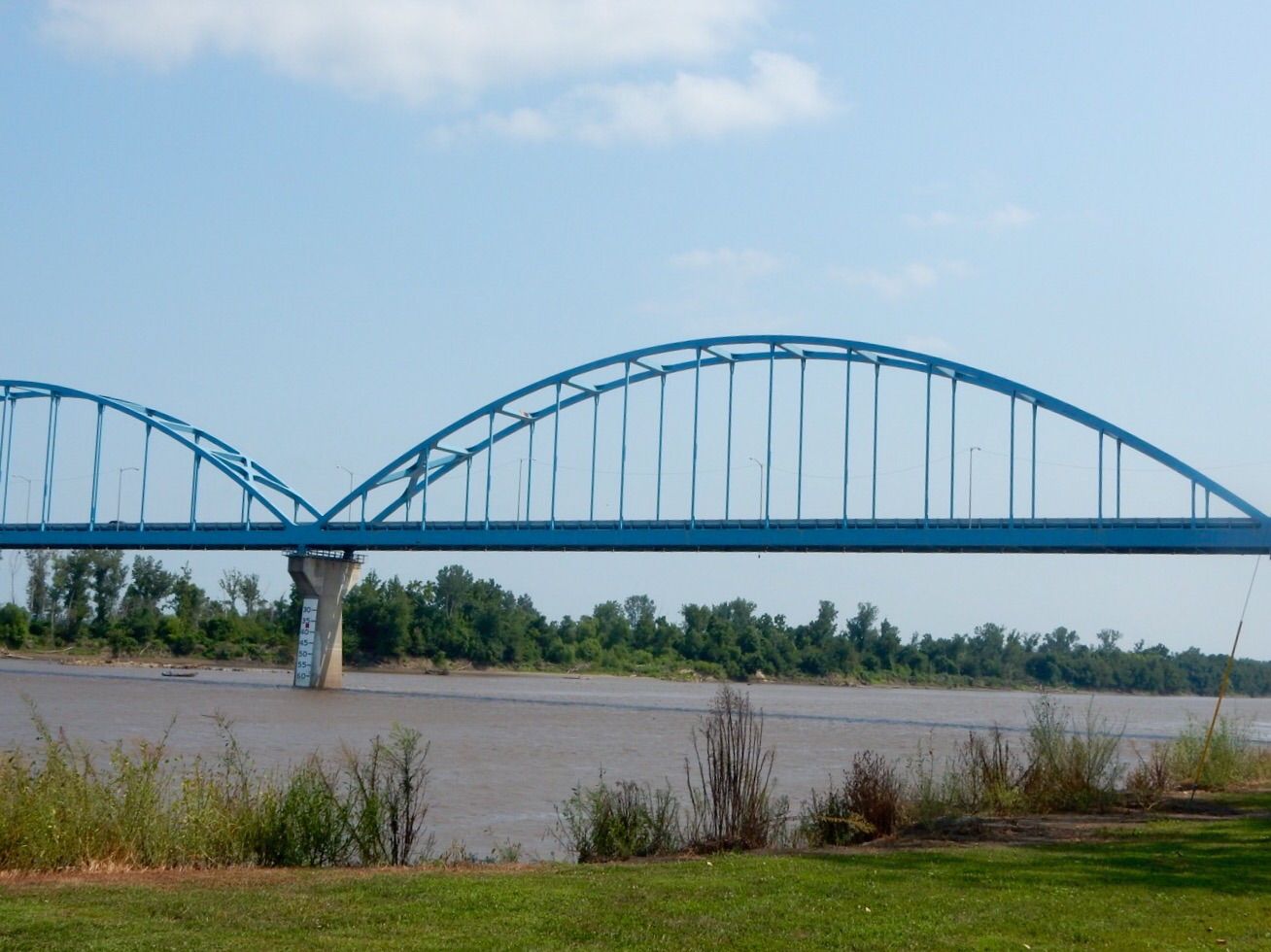
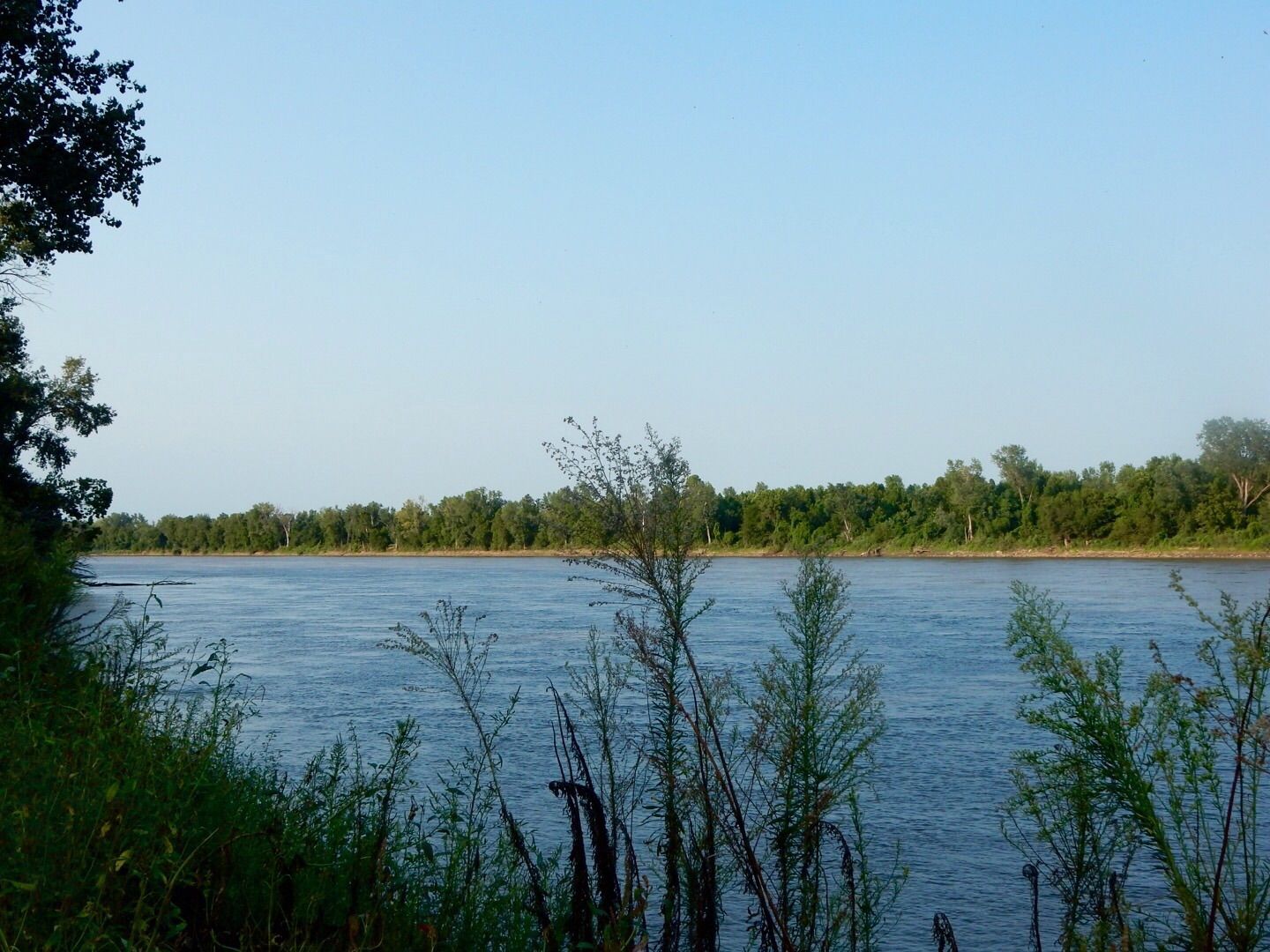

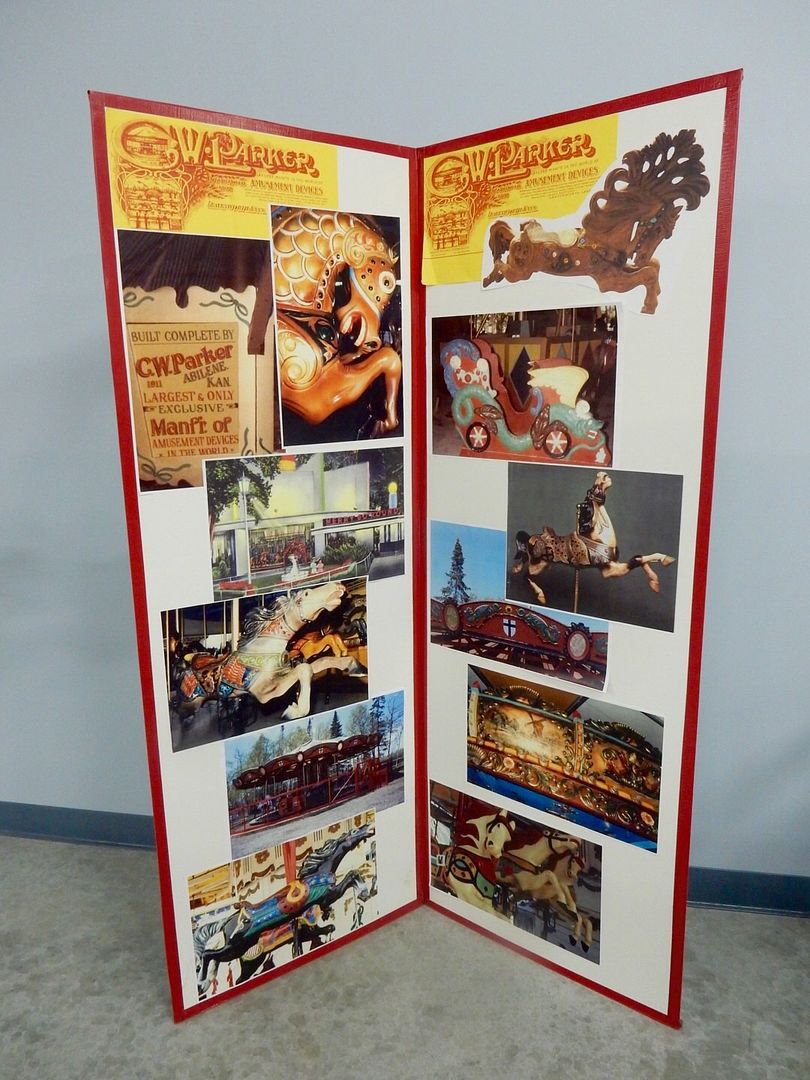

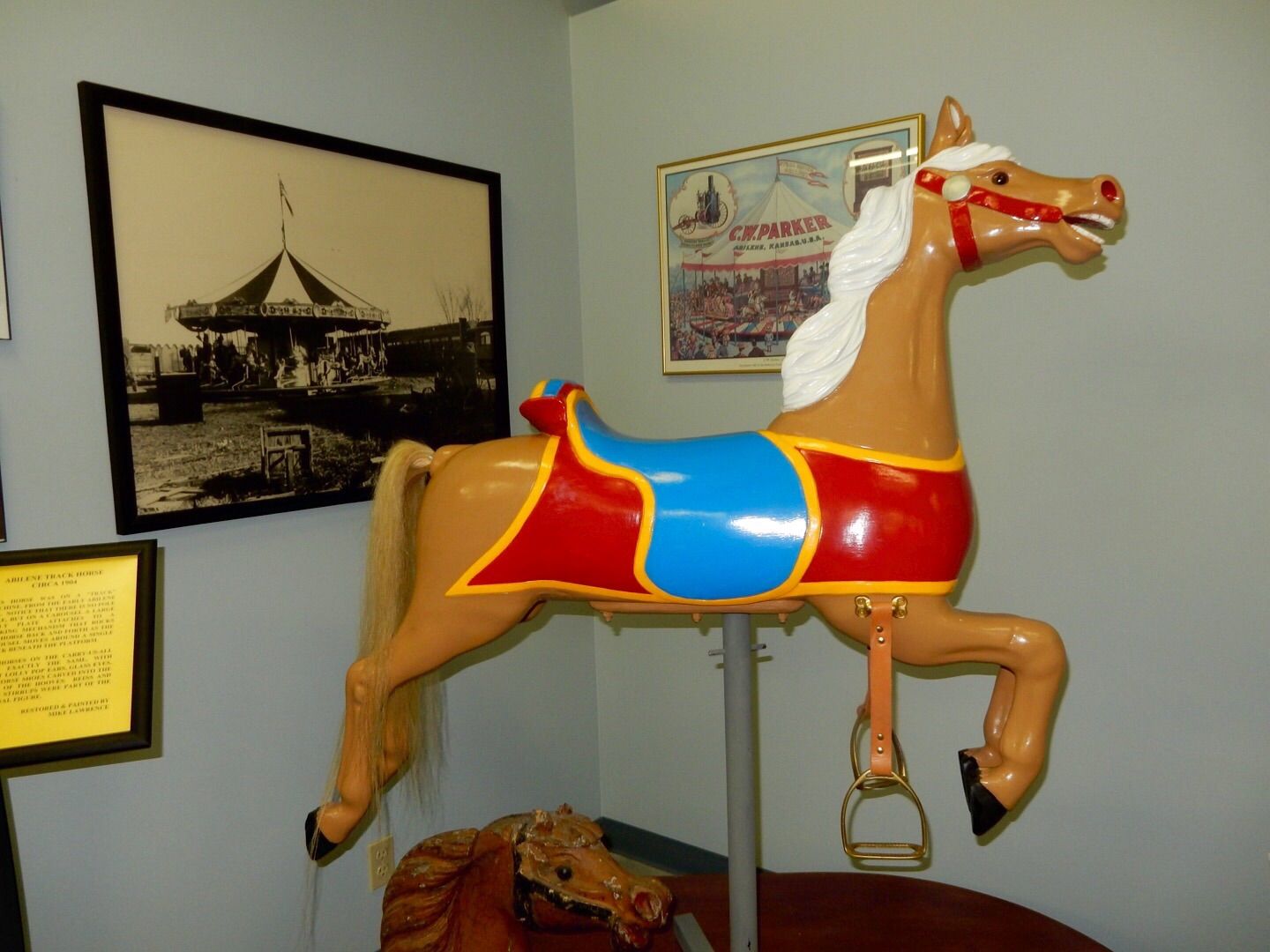
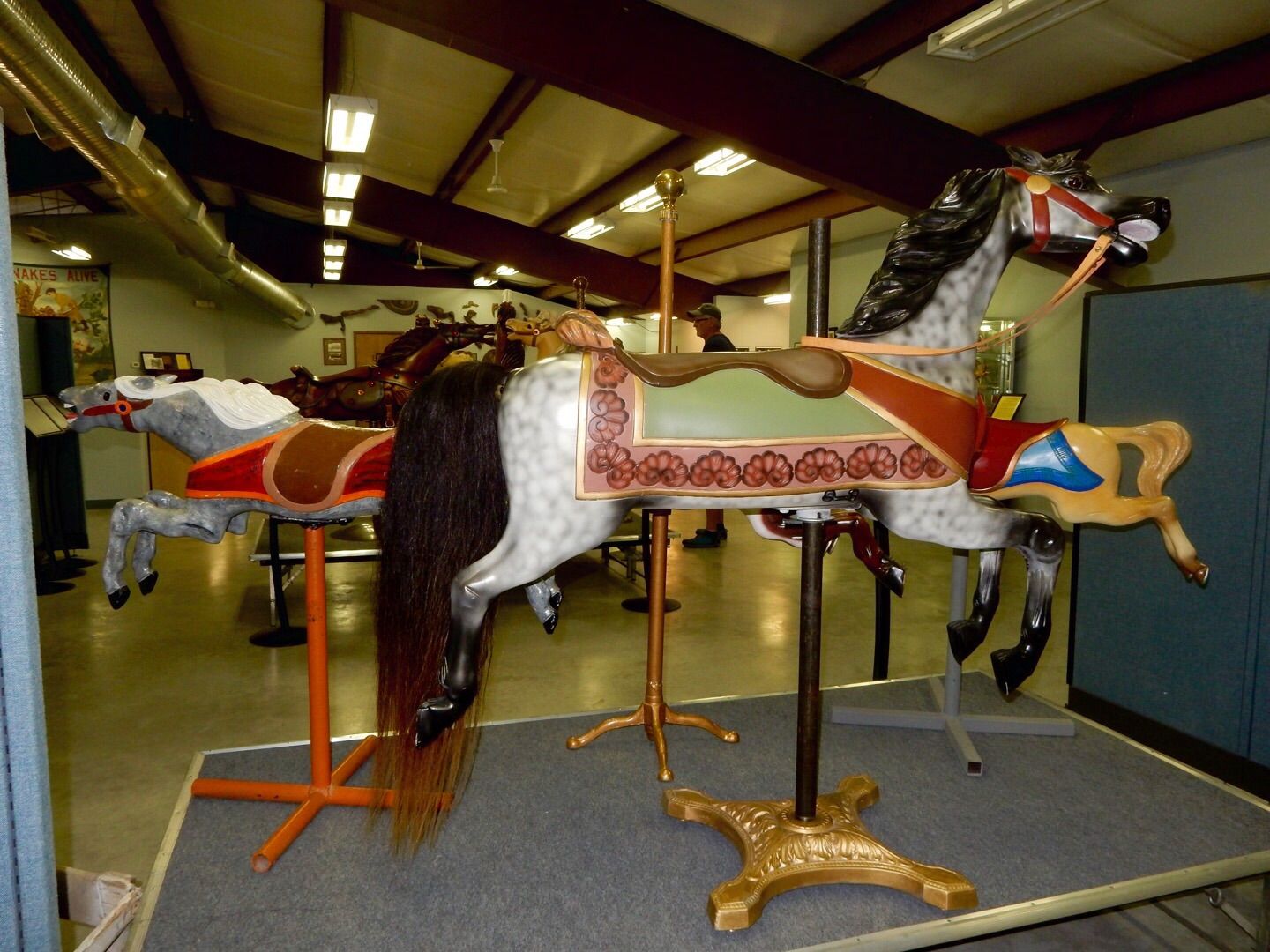
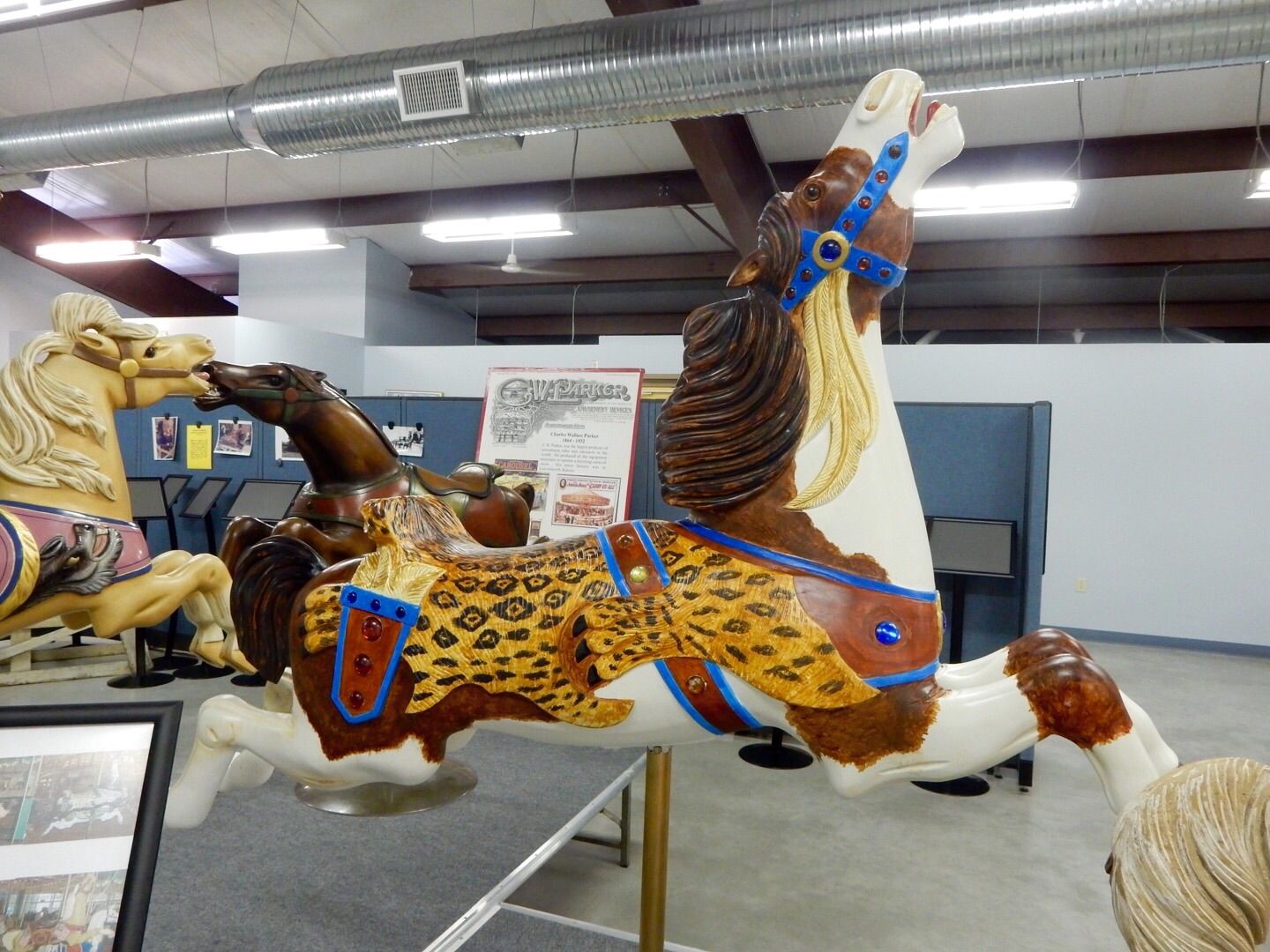
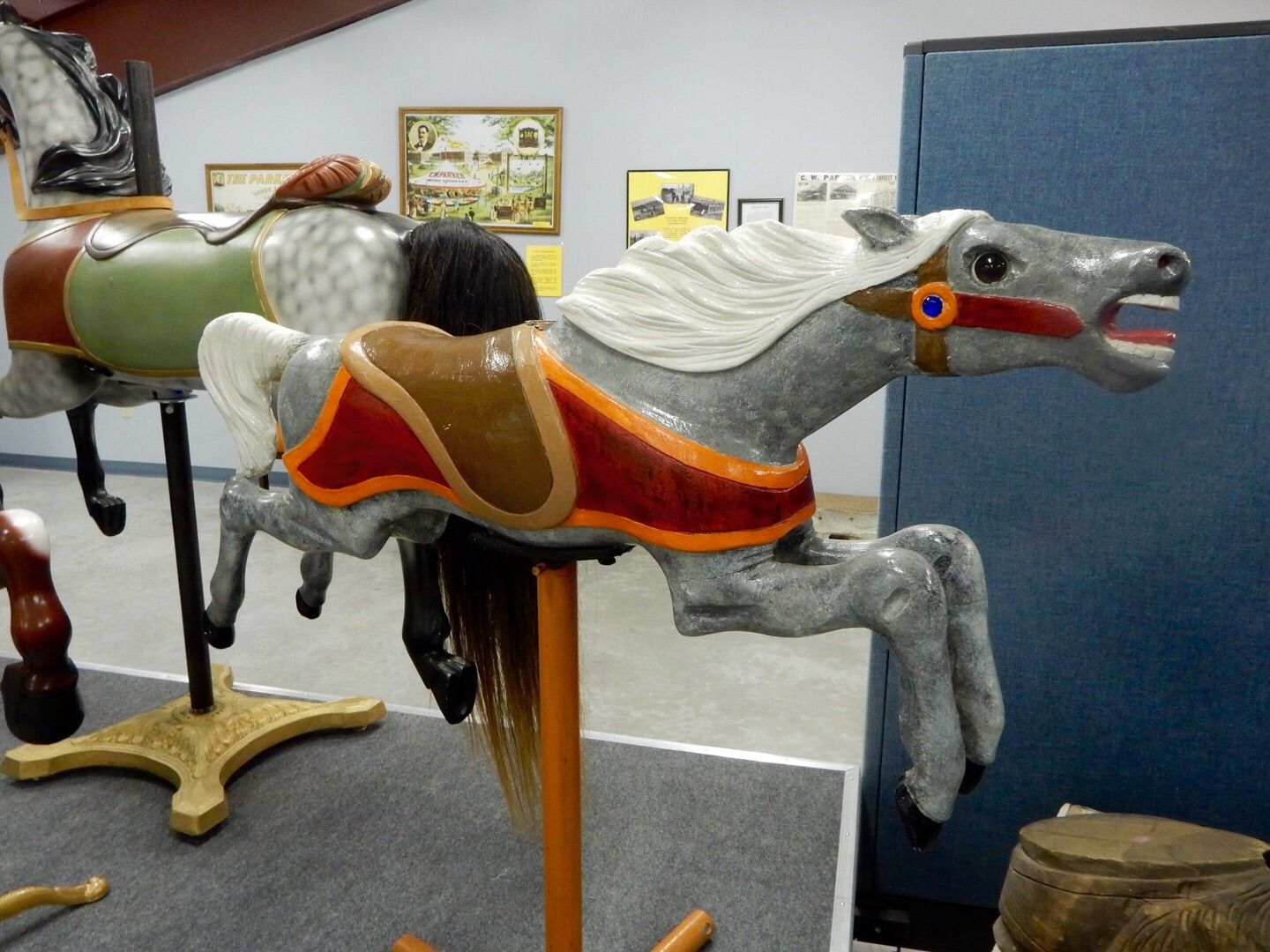
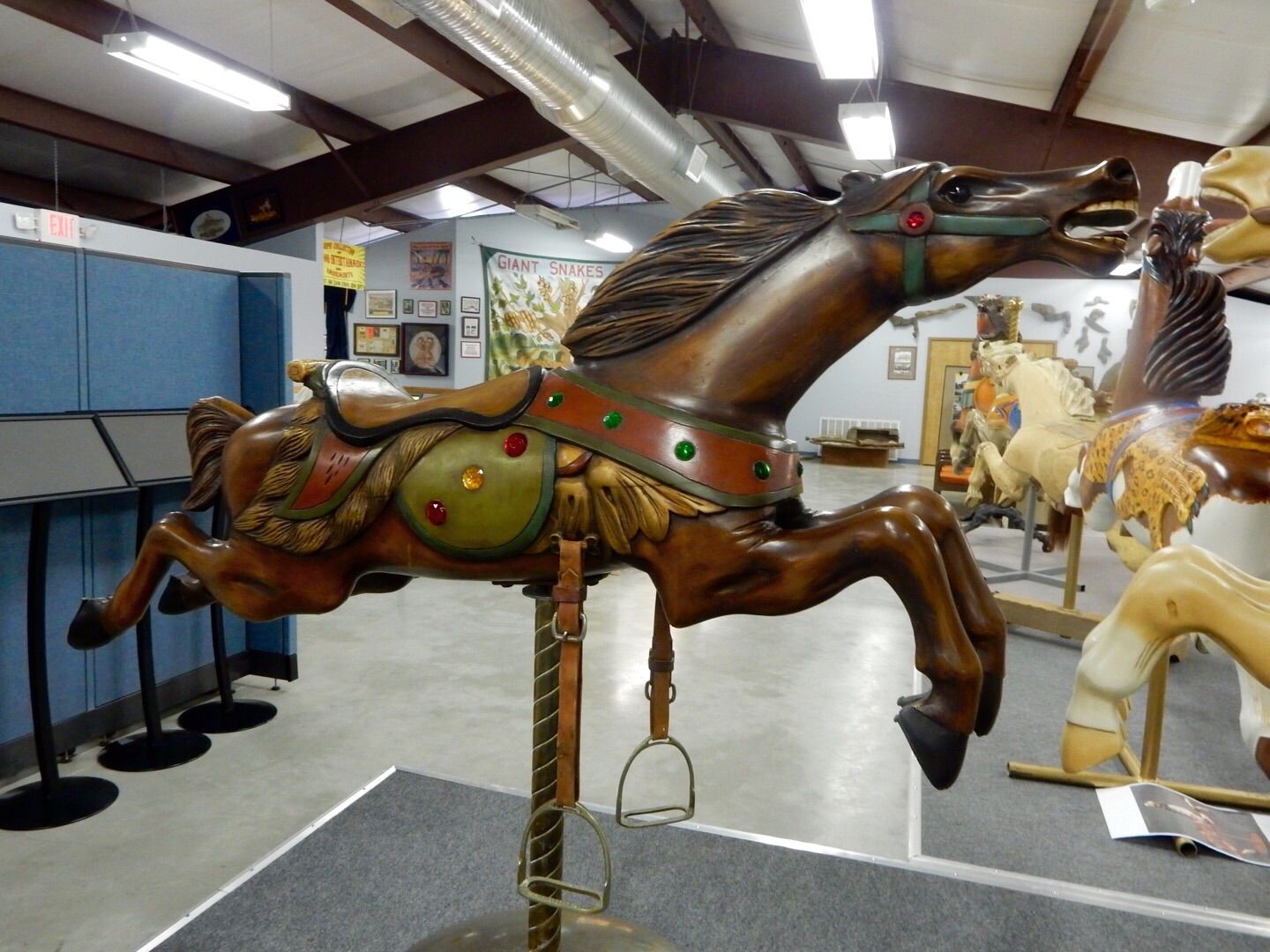
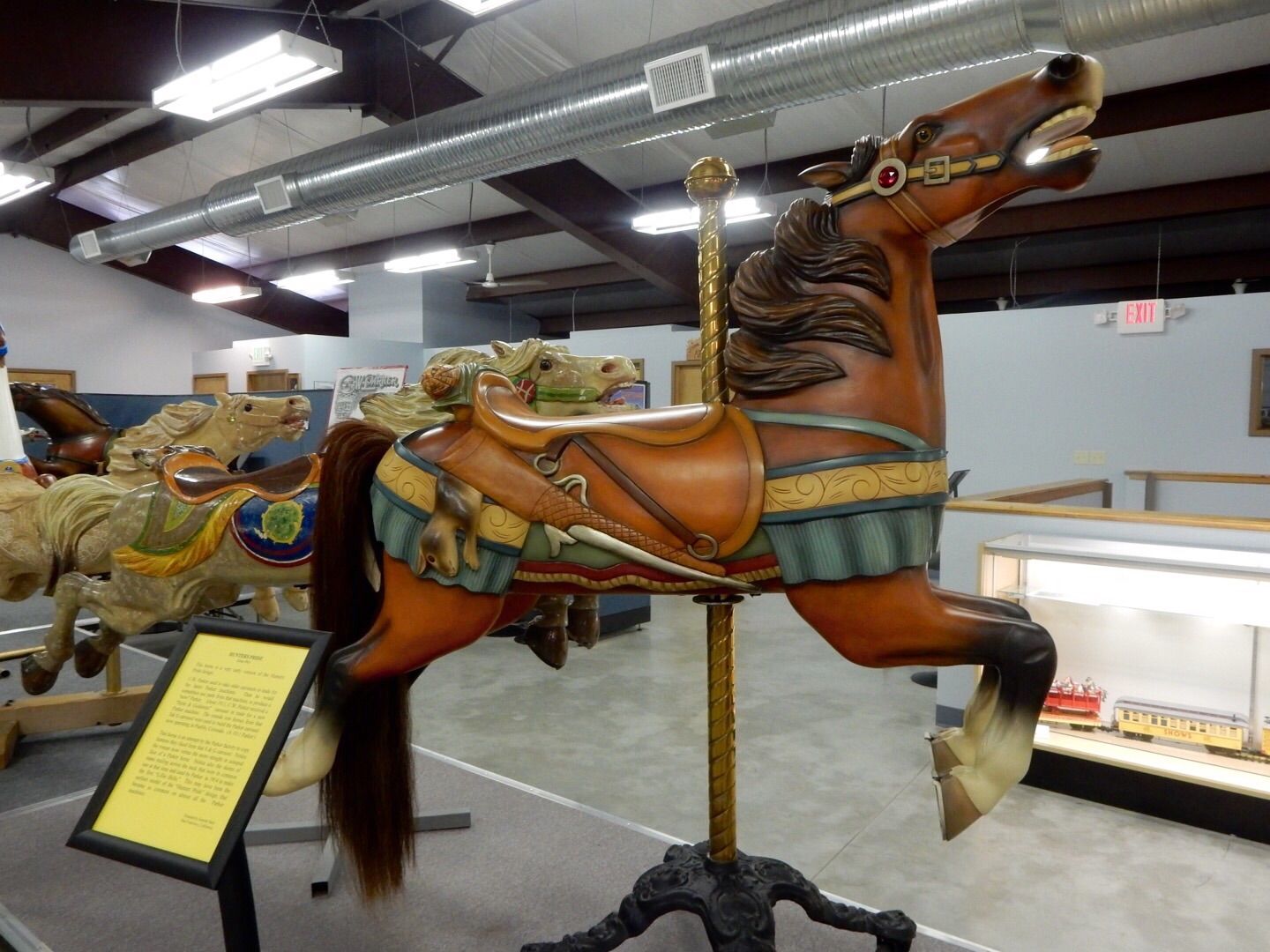
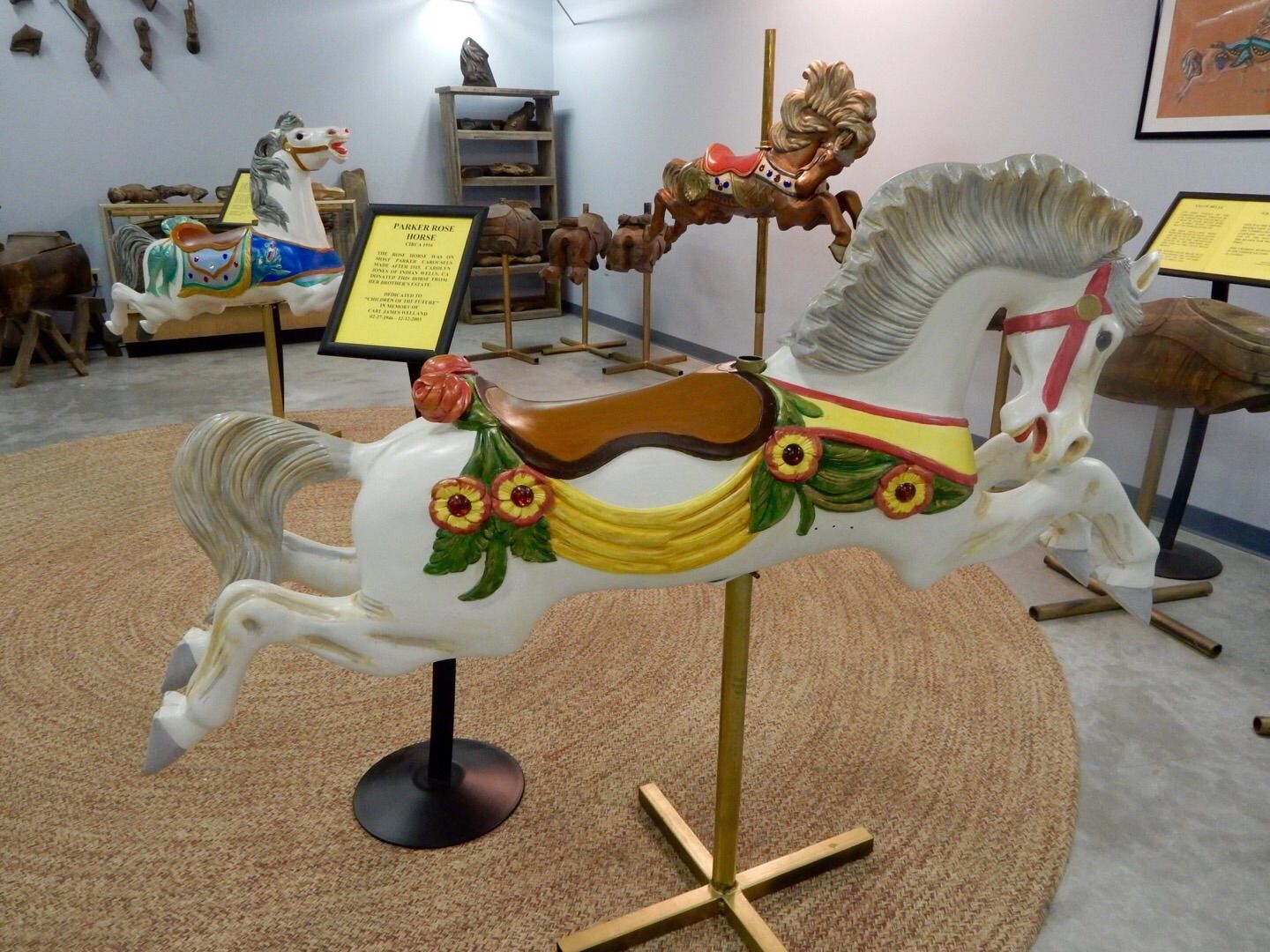
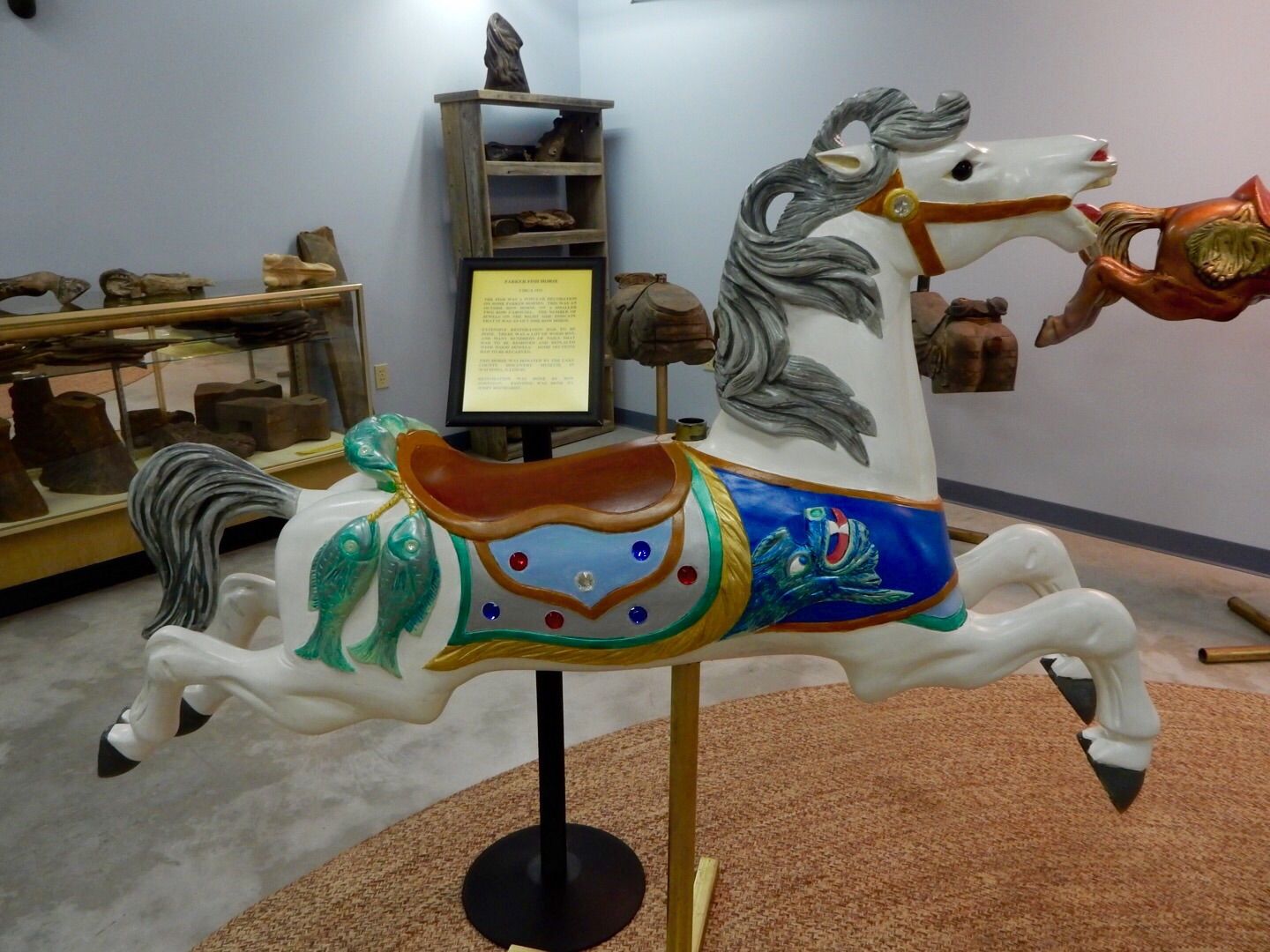
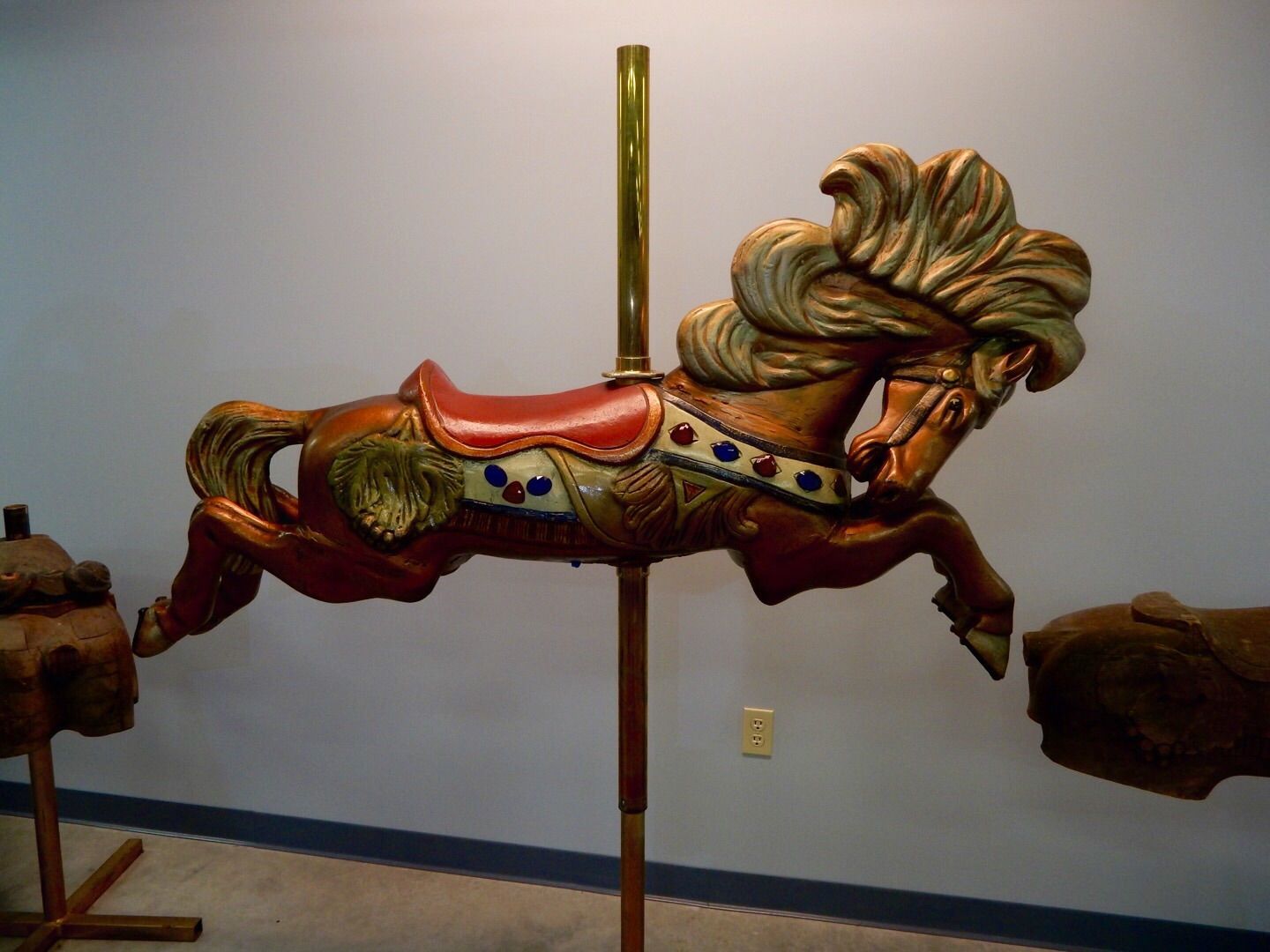
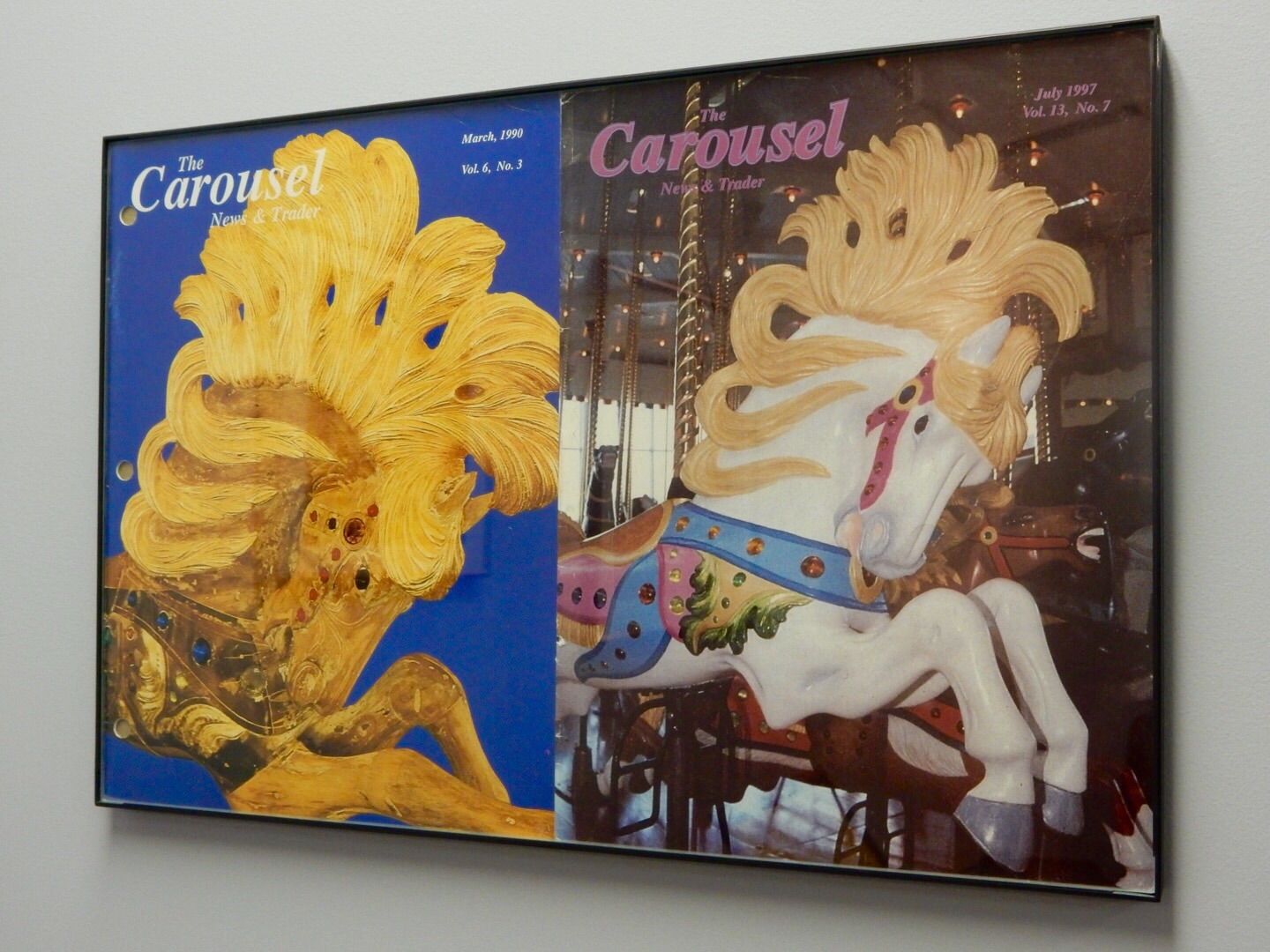

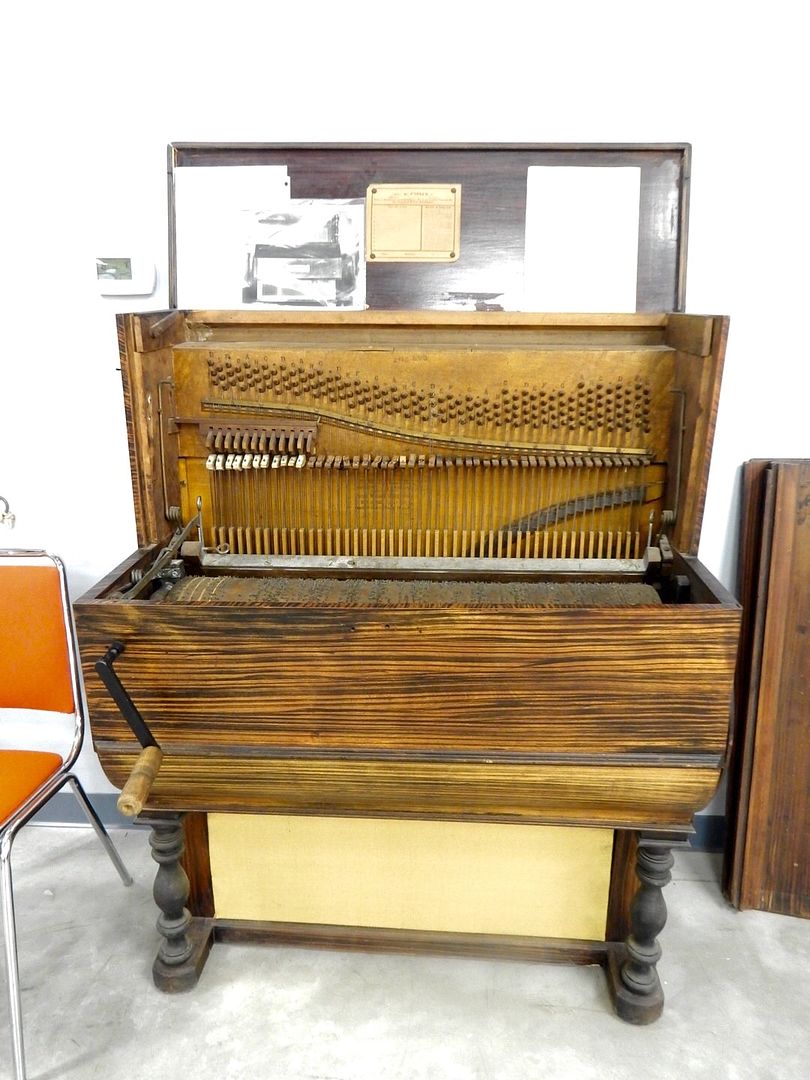
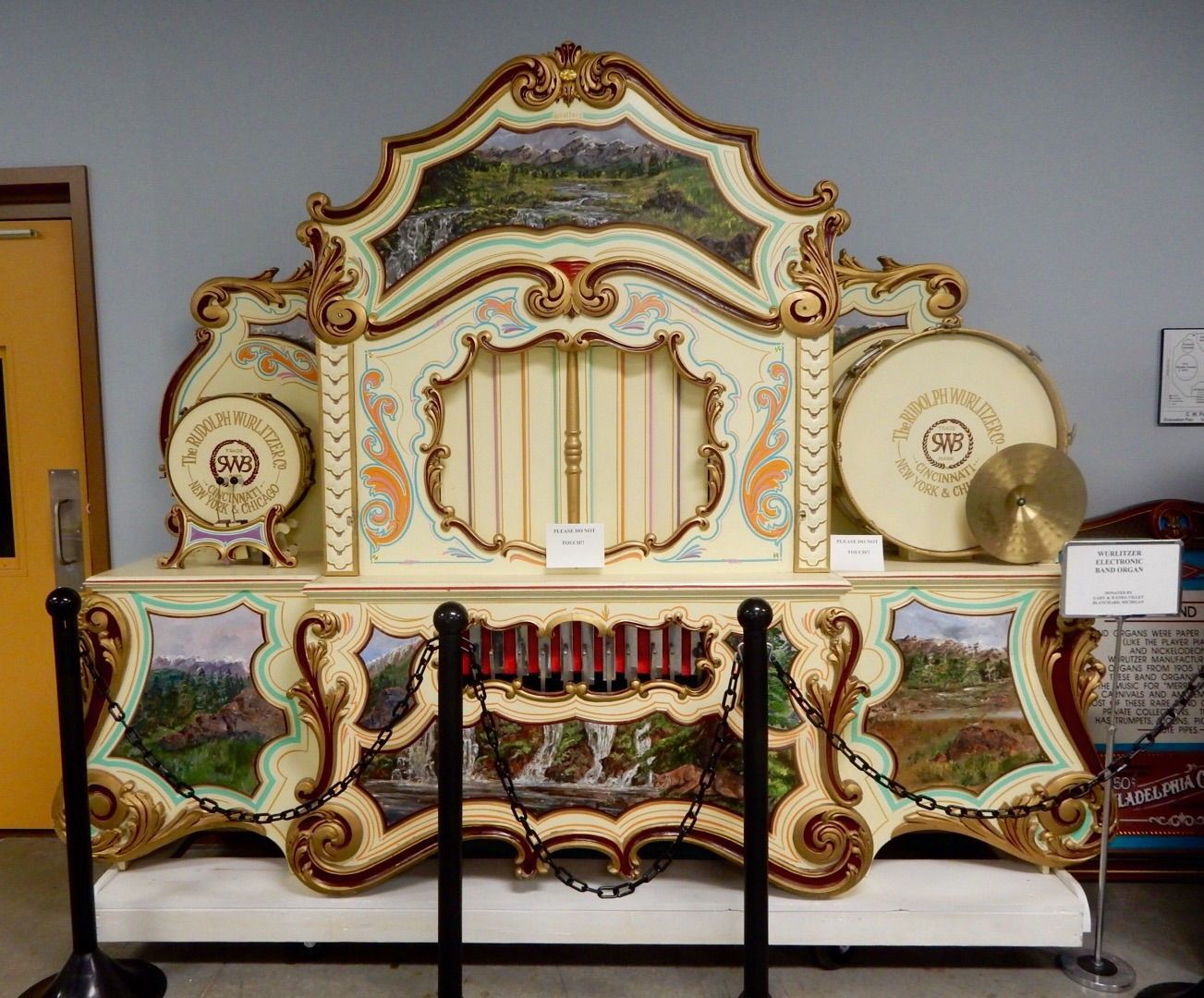

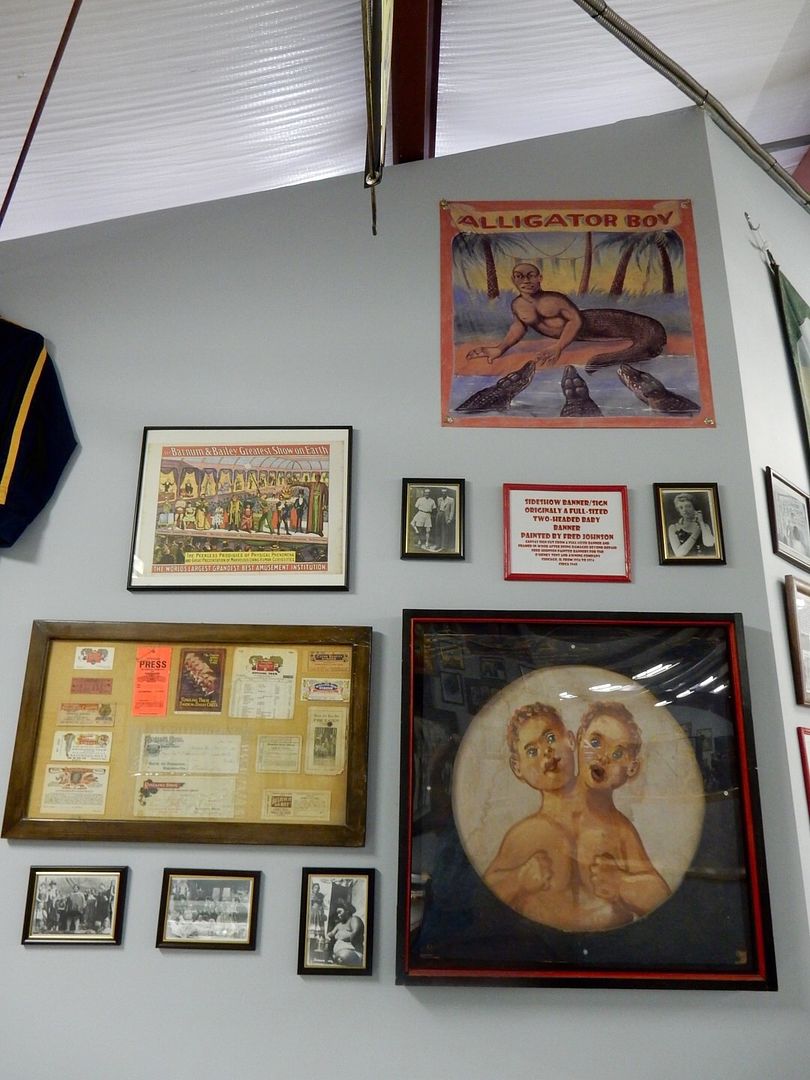
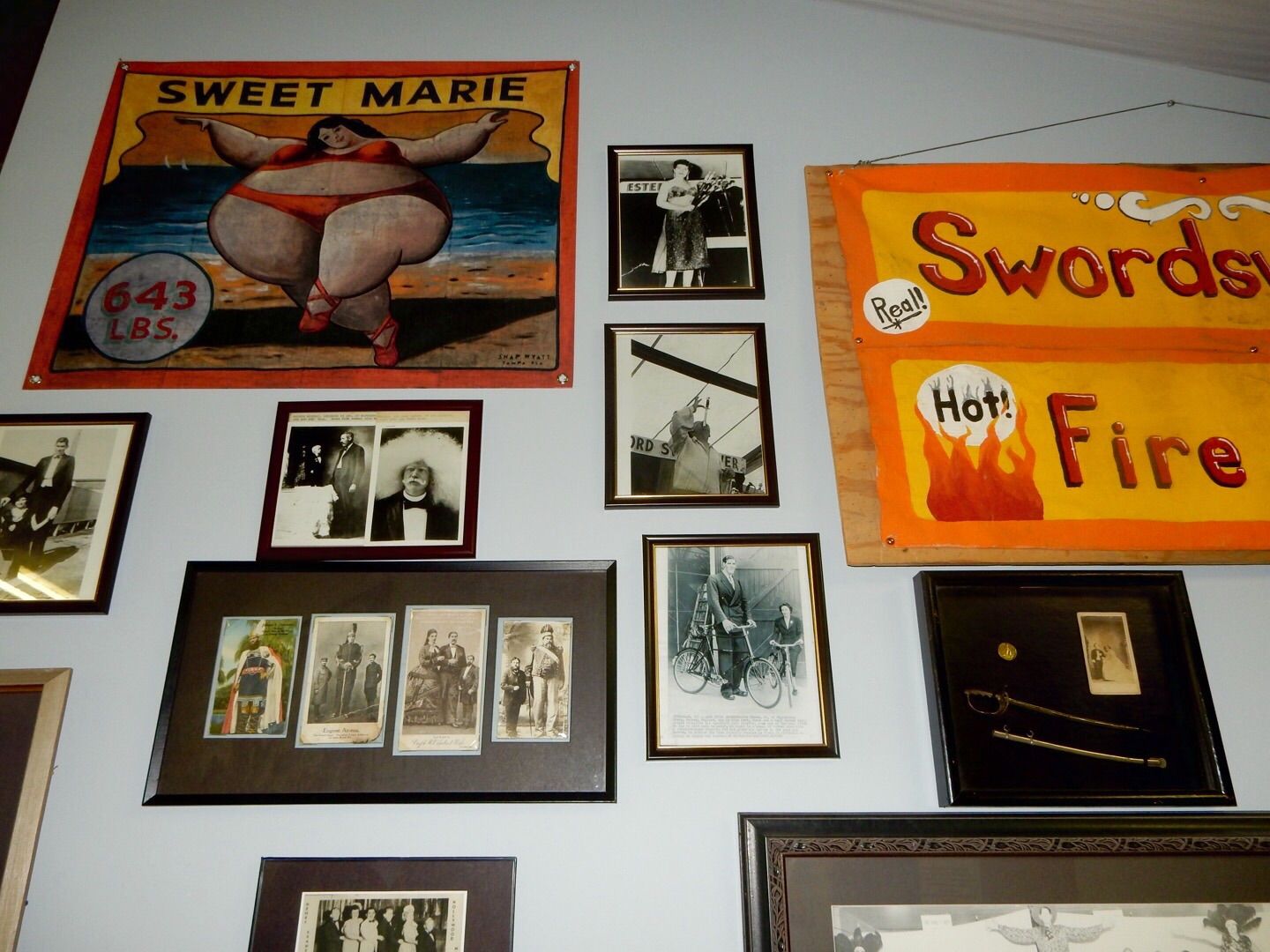
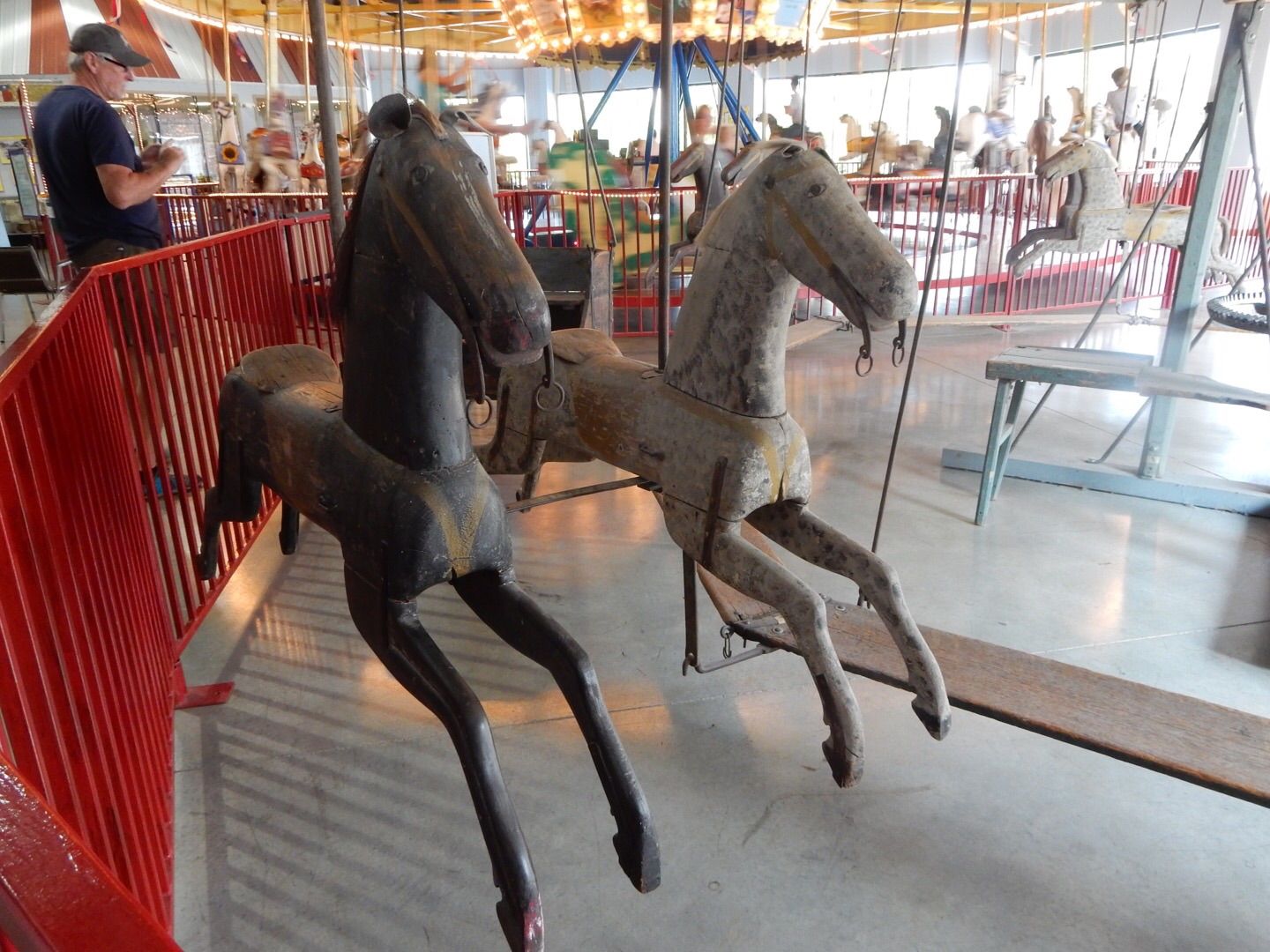
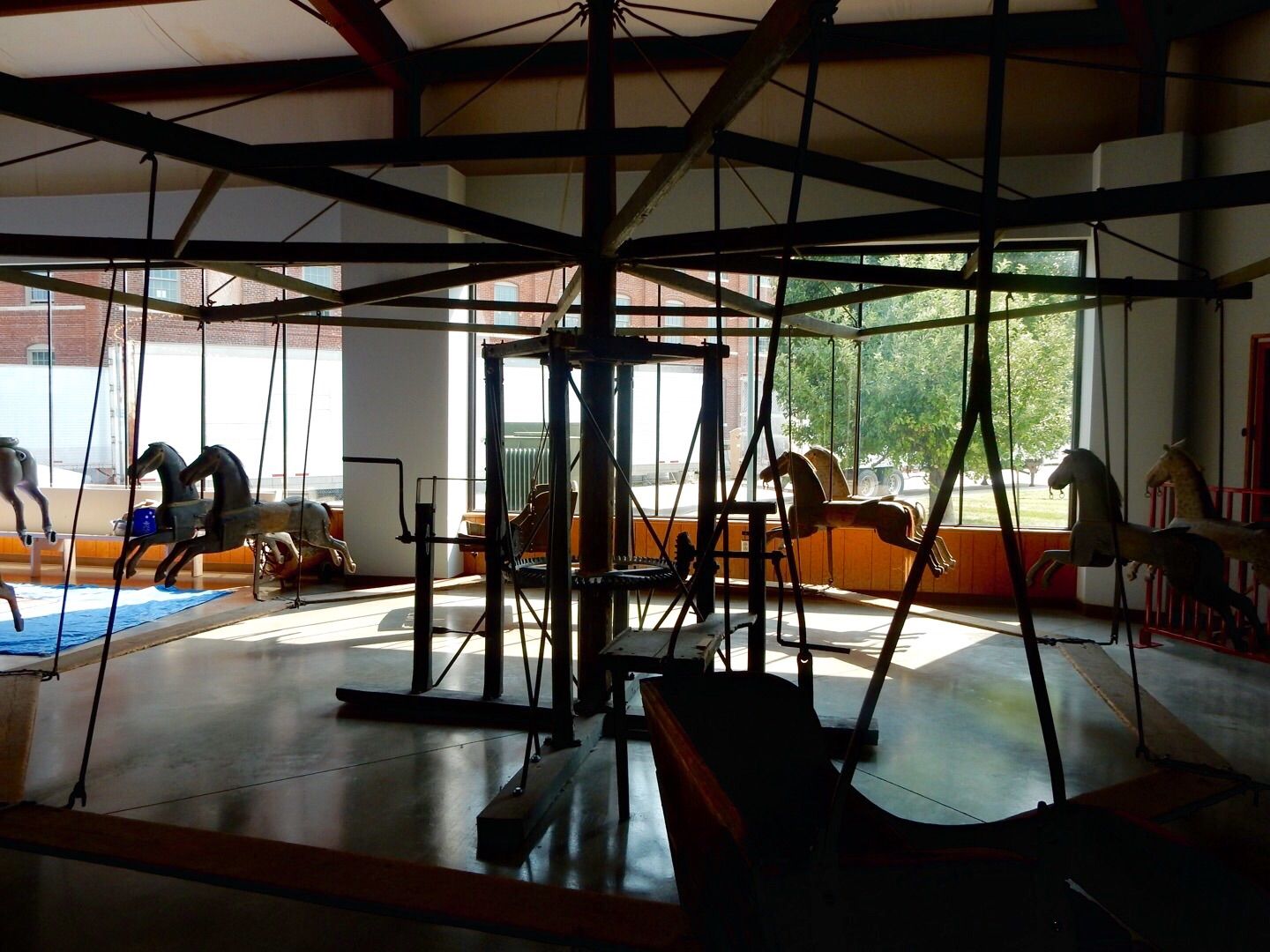
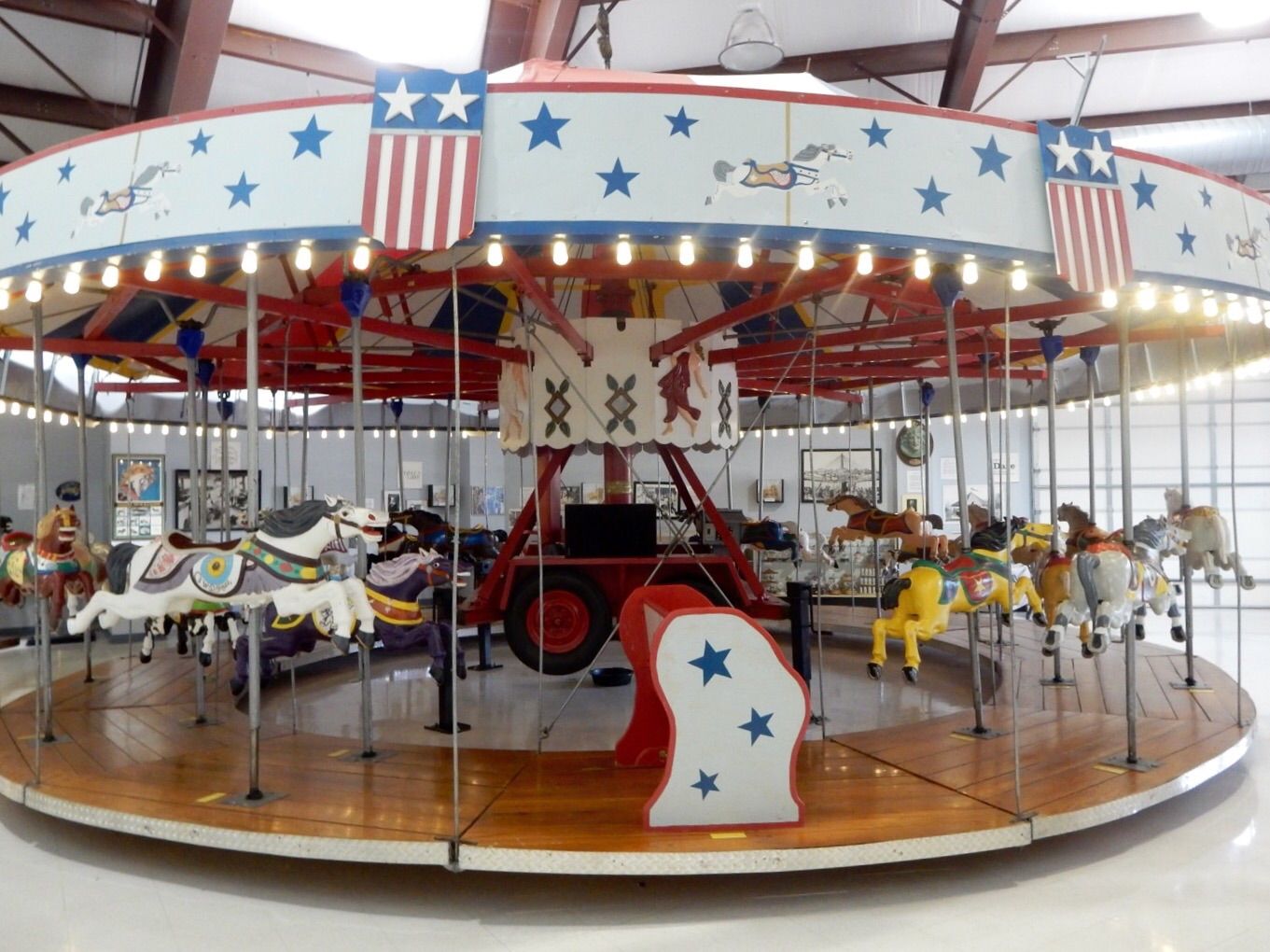
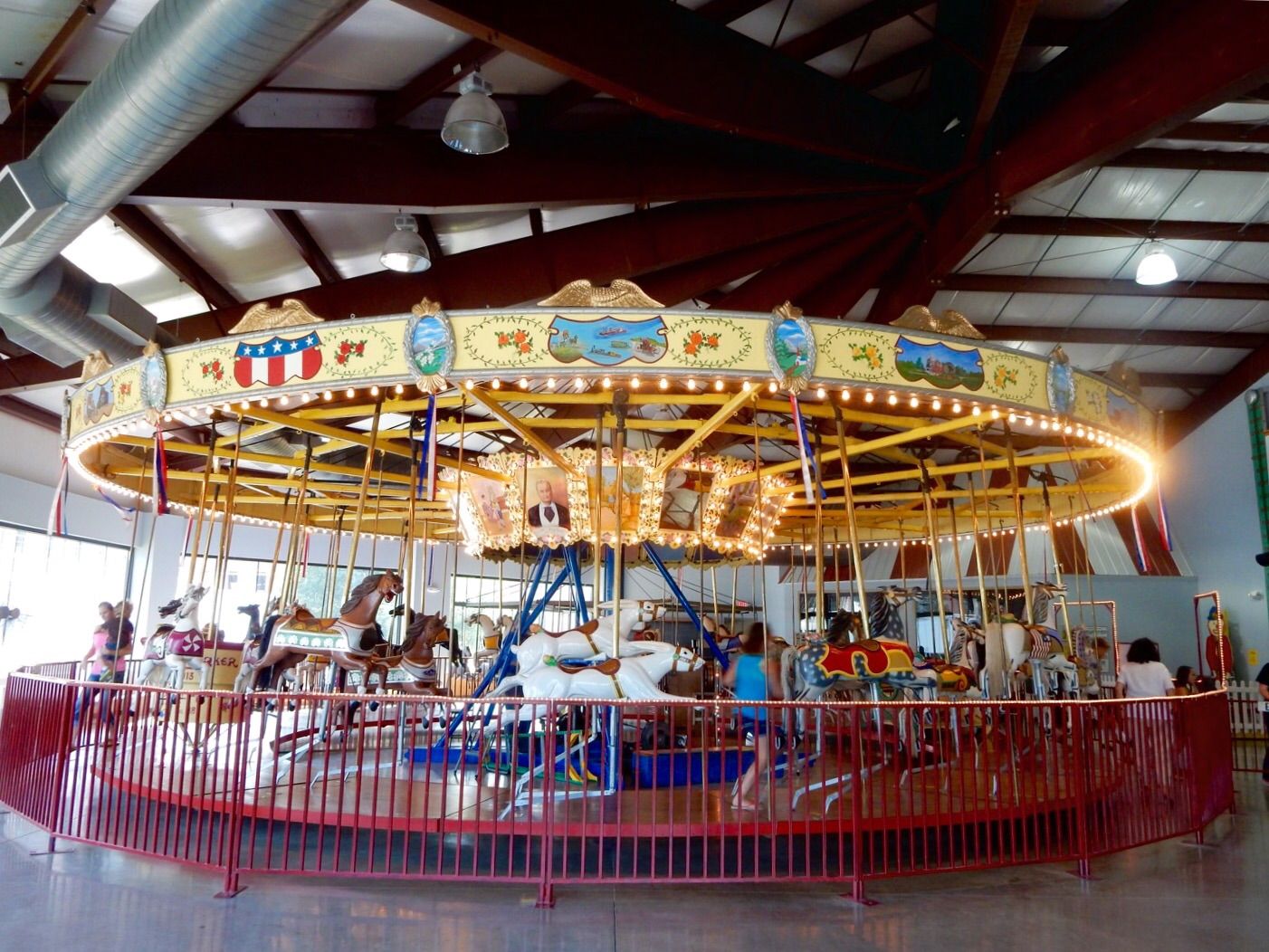
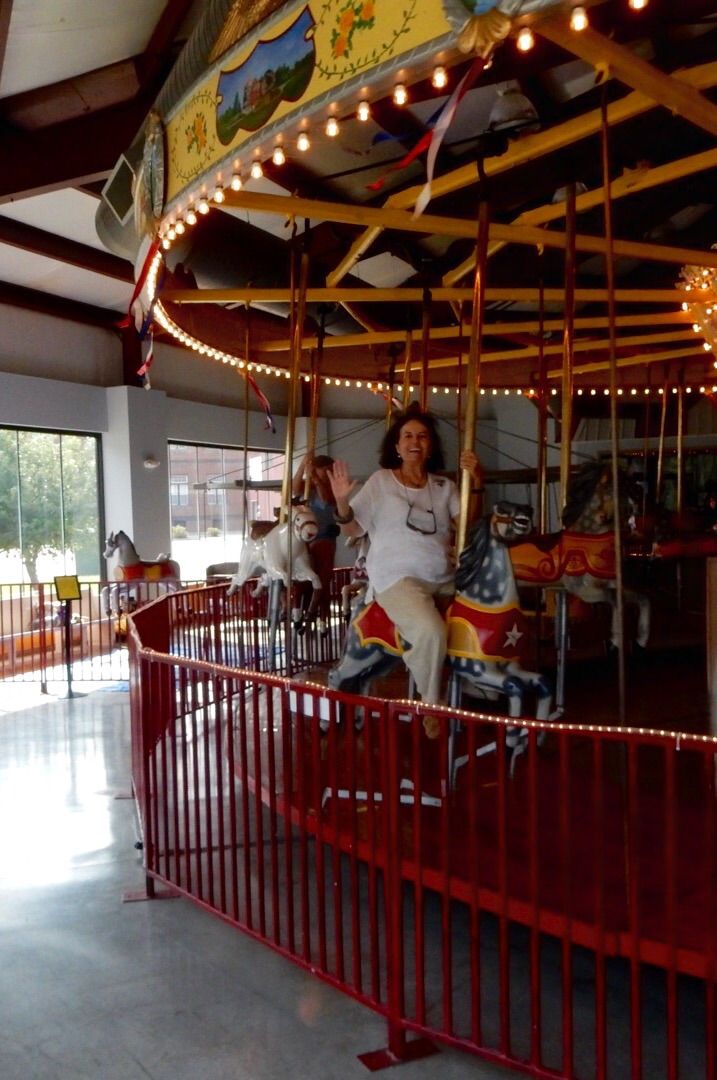
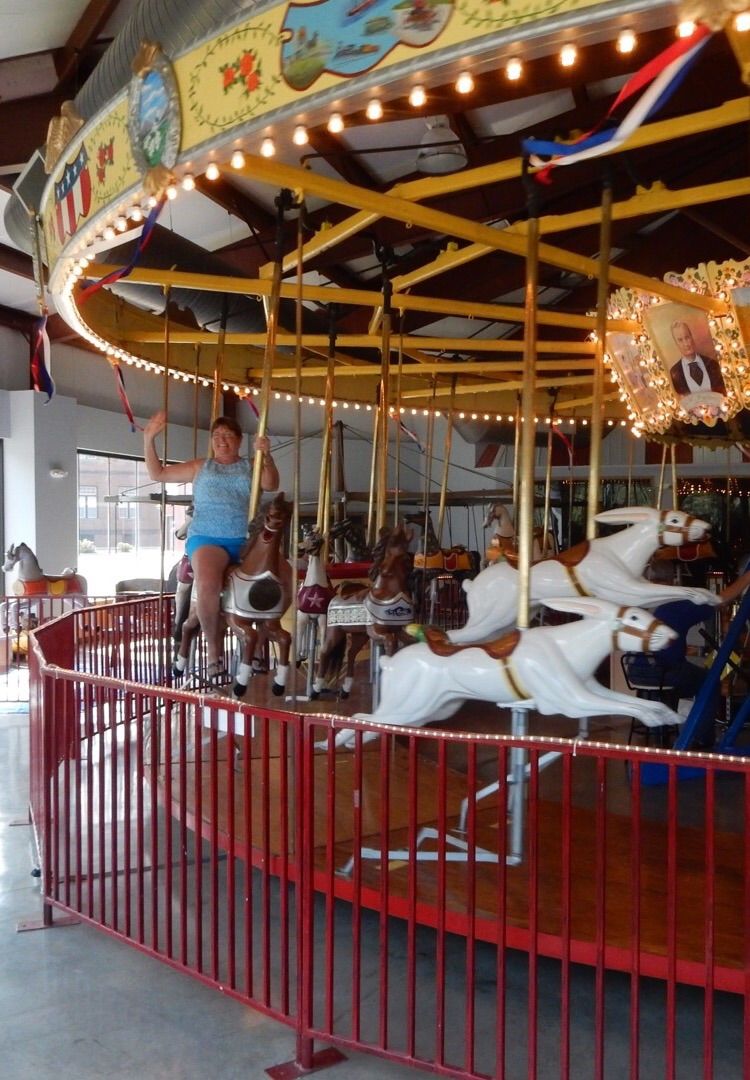
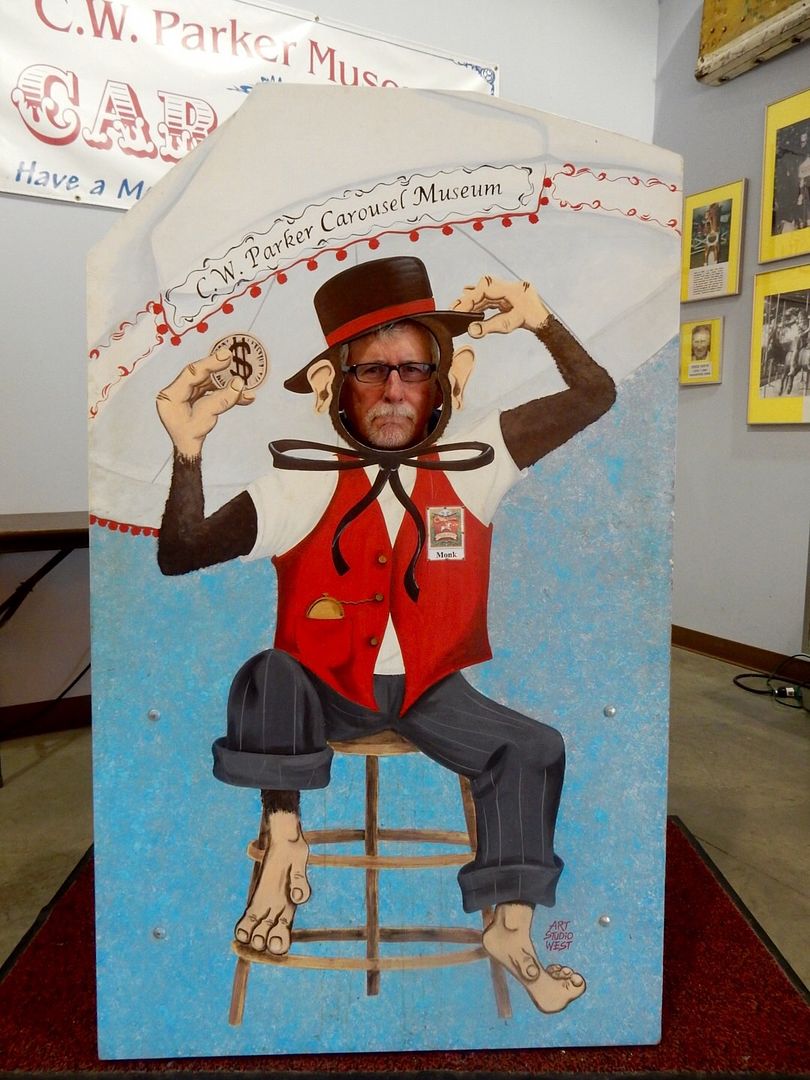

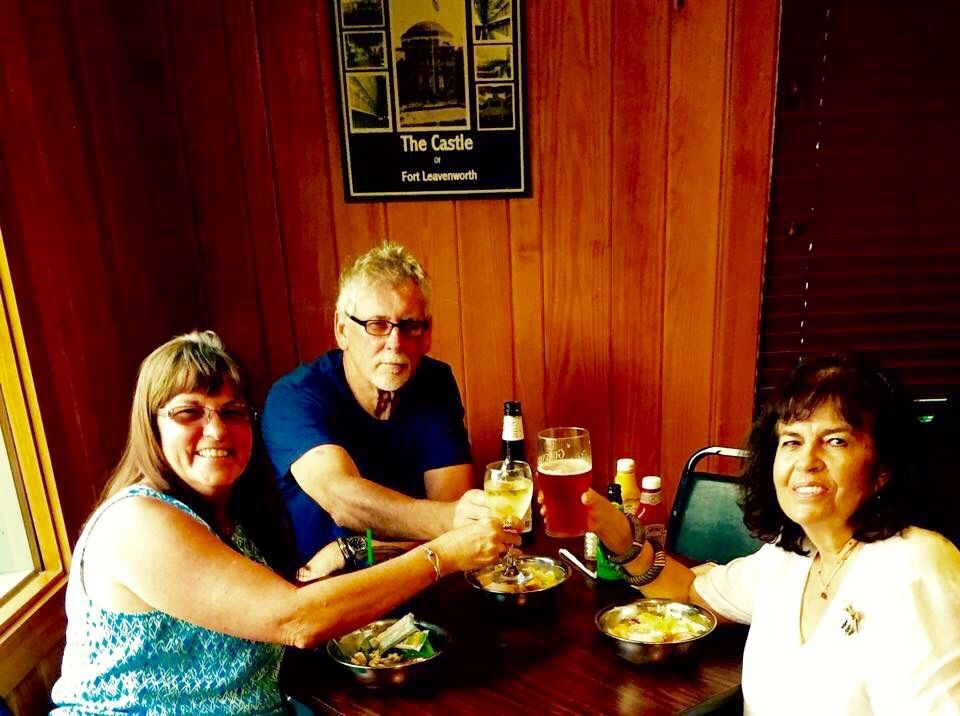
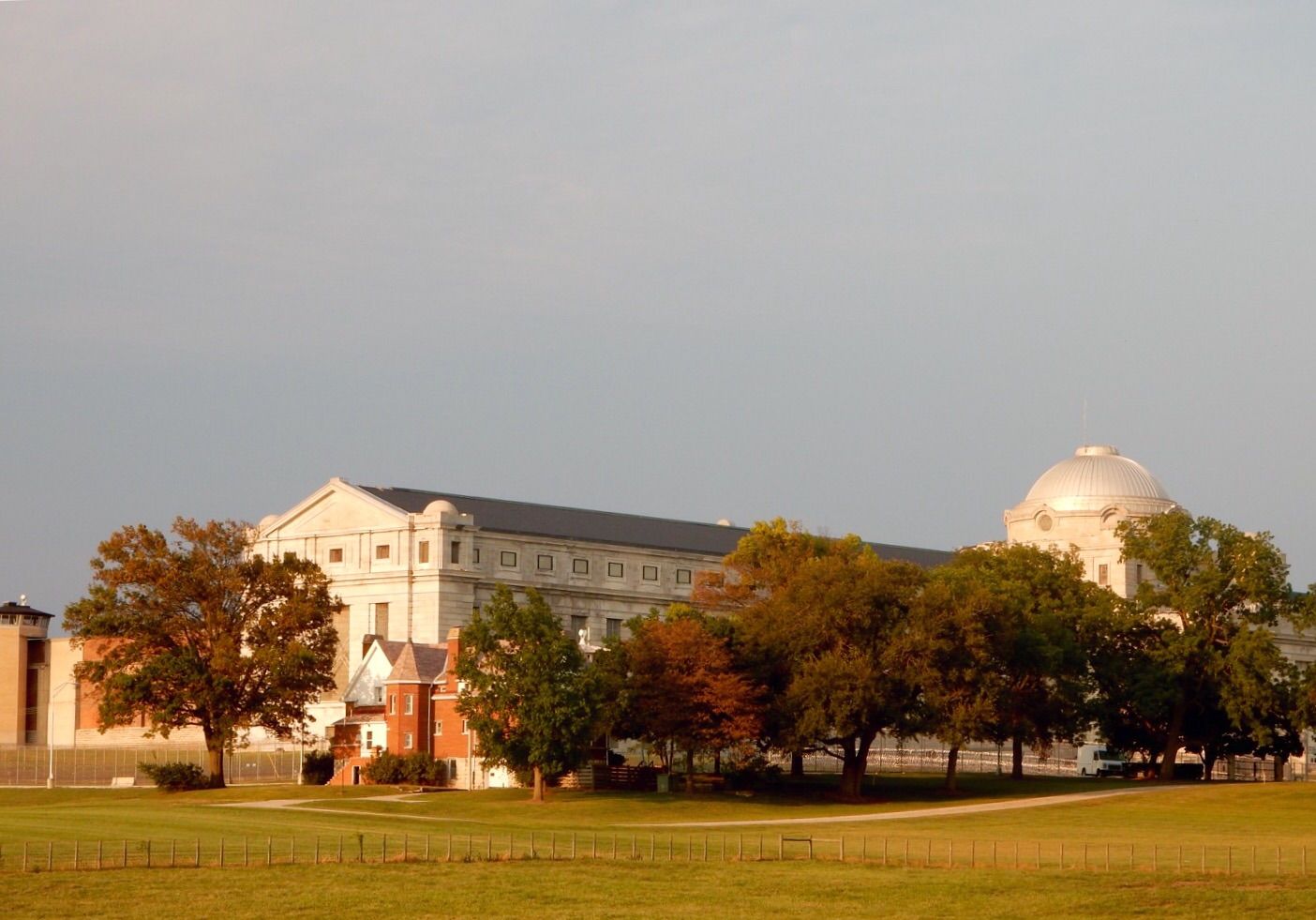
Always neat to meet up with friends we make a Betty's.
ReplyDelete